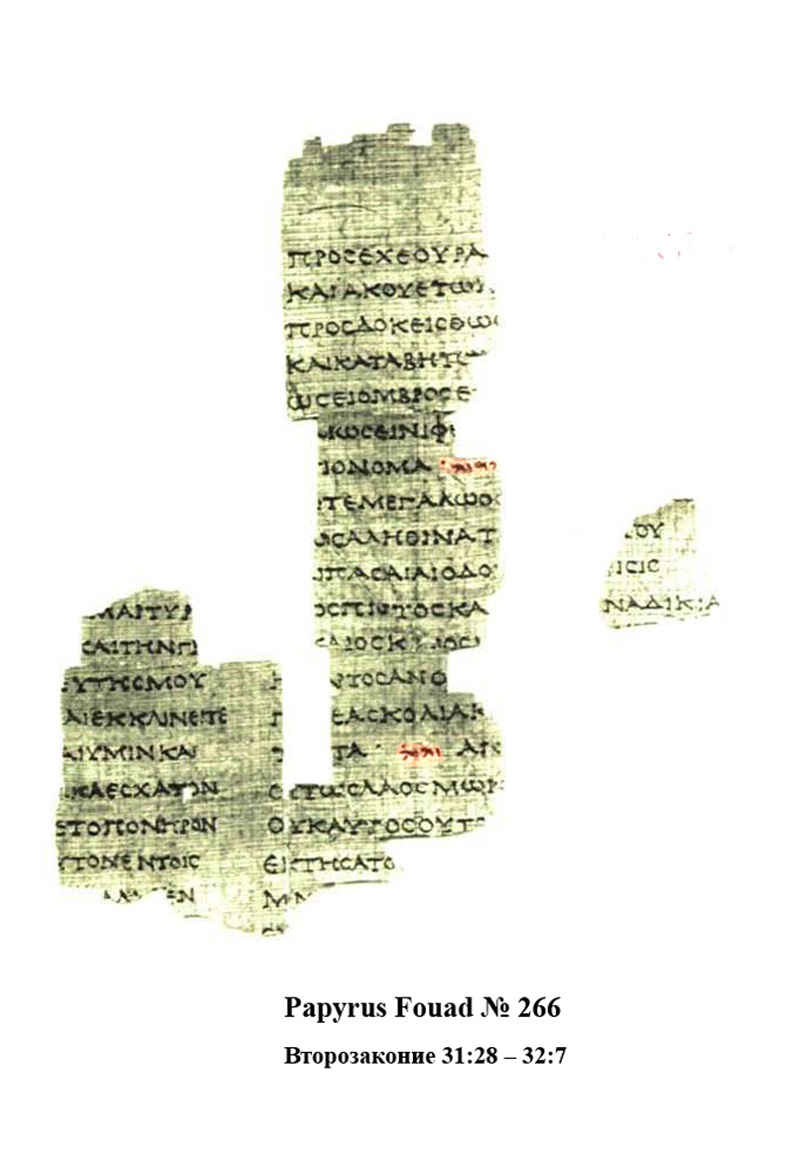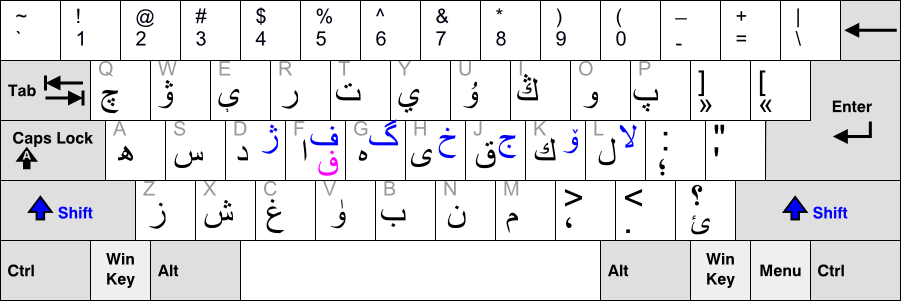|
Haazinu
Haazinu, Ha'azinu, or Ha'Azinu (—Hebrew for "listen" when directed to more than one person, the first word in the parashah) is the 53rd weekly Torah portion (, ''parashah'') in the annual Jewish cycle of Torah reading and the 10th in the Book of Deuteronomy. It constitutes Deuteronomy 32:1–52. The parashah sets out the Song of Moses—an indictment of the Israelites' sins, a prophecy of their punishment, and a promise of God's ultimate redemption of them. The parashah is made up of 2,326 Hebrew letters, 614 Hebrew words, 52 verses, and 92 lines in a Torah Scroll (, ''Sefer Torah''). Jews read it on a Shabbat between the holy days of Rosh Hashanah and Sukkot, generally in September or October. The bulk of the parashah, the song of Deuteronomy 32:1–43, appears in the Torah scroll in a distinctive two-column format, reflecting the poetic structure of the text, where in each line, an opening colon is matched by a second, parallel thought unit. Readings In traditional Sabb ... [...More Info...] [...Related Items...] OR: [Wikipedia] [Google] [Baidu] [Amazon] |
Song Of Moses
The Song of Moses is the poem which appears in Deuteronomy of the Hebrew Bible, which according to the Bible was delivered just prior to Moses' death on Mount Nebo. Sometimes the Song is referred to as Deuteronomy 32, despite the fact that Deuteronomy chapter 32 contains nine verses (44–52) which are not part of the Song. Most scholars hold that it was composed between the tenth and eighth centuries BCE, although dates as early as the twelfth century or as late as the fifth have been proposed. Biblical narrative According to verses 16–18 of Deuteronomy 31, YHWH met with Moses and his nominated successor Joshua at the " tabernacle of meeting" and told them that after Moses' death, the people of Israel would renege on the covenant that YHWH had made with them, and worship the gods of the lands they were occupying. YHWH told Moses to write down the words of a song and teach it to the community, so that it would be a "witness for Me against the children of Israel." Verse 22 ... [...More Info...] [...Related Items...] OR: [Wikipedia] [Google] [Baidu] [Amazon] |
Parashah
The term ''parashah'', ''parasha'' or ''parashat'' ( ''Pārāšâ'', "portion", Tiberian Hebrew, Tiberian , Sephardi Hebrew, Sephardi , plural: ''parashot'' or ''parashiyot'', also called ''parsha'') formally means a section of a biblical book in the Masoretic Text of the Tanakh (Hebrew Bible). In common usage today the word often refers to the weekly Torah portion (a shortened form of ''Parashat HaShavua''). This article deals with the first, formal meaning of the word. In the Masoretic Text, ''parashah'' sections are designated by various types of spacing between them, as found in Torah scrolls, scrolls of the books of Nevi'im or Ketuvim (especially the five megillot, Megillot), masoretic codex, codices from the Middle Ages and printed editions of the masoretic text. The division of the text into ''parashot'' for the biblical books is independent of Chapters and verses of the Bible, chapter and verse numbers, which are not part of the masoretic tradition. ''Parashot'' are not ... [...More Info...] [...Related Items...] OR: [Wikipedia] [Google] [Baidu] [Amazon] |
Weekly Torah Portion
The weekly Torah portion refers to a lectionary custom in Judaism in which a portion of the Torah (or Pentateuch) is read during Jewish prayer services on Monday, Thursday, and Saturday. The full name, ''Parashat HaShavua'' (), is popularly abbreviated to ''parashah'' (also ''parshah'' or parsha), and is also known as a Seder (Bible), Sidra or Sedra . The ''parashah'' is a section of the Torah used in Jewish liturgy during a particular week. There are 54 parshas, or ''parashiyot'' in Hebrew, and the full cycle is read over the course of one Biblical year. Content and number Each Torah portion consists of two to six chapters to be read during the week. There are 54 weekly portions or ''parashot''. Torah reading mostly follows an annual cycle beginning and ending on the Jewish holiday of Simchat Torah, with the divisions corresponding to the lunisolar calendar, lunisolar Hebrew calendar, which contains up to 55 weeks, the exact number varying between leap years and regular years. ... [...More Info...] [...Related Items...] OR: [Wikipedia] [Google] [Baidu] [Amazon] |
Book Of Deuteronomy
Deuteronomy (; ) is the fifth book of the Torah (in Judaism), where it is called () which makes it the fifth book of the Hebrew Bible and Christian Old Testament. Chapters 1–30 of the book consist of three sermons or speeches delivered to the Israelites by Moses on the Plains of Moab, shortly before they enter the Promised Land. The first sermon recounts the Moses#The years in the wilderness, forty years of wilderness wanderings which had led to that moment and ends with an exhortation to observe the law. The second sermon reminds the Israelites of the need to follow Yahweh and the laws (or teachings) he has given them, on which their possession of the land depends. The third sermon offers the comfort that, even should the nation of Israel prove unfaithful and so lose the land, with repentance all can be restored. The final four chapters (31–34) contain the Song of Moses, the Blessing of Moses, and the narratives recounting the passing of the mantle of leadership from Mose ... [...More Info...] [...Related Items...] OR: [Wikipedia] [Google] [Baidu] [Amazon] |
Hebrew Bible
The Hebrew Bible or Tanakh (;"Tanach" . '' Random House Webster's Unabridged Dictionary''. ; ; or ), also known in Hebrew as (; ), is the canonical collection of scriptures, comprising the Torah (the five Books of Moses), the Nevi'im (the Books of the Prophets), and the [...More Info...] [...Related Items...] OR: [Wikipedia] [Google] [Baidu] [Amazon] |
Pe (Semitic Letter)
Pe is the seventeenth Letter (alphabet), letter of the Semitic abjads, including Arabic alphabet, Arabic ''fāʾ'' , Aramaic alphabet, Aramaic ''pē'' 𐡐, Hebrew alphabet, Hebrew ''pē'' , Phoenician alphabet, Phoenician ''pē'' 𐤐, and Syriac alphabet, Syriac ''pē'' ܦ. (in abjadi order). It is related to the Ancient North Arabian 𐪐, Ancient South Arabian script, South Arabian , and Geʽez script, Ge'ez . The original sound value is a voiceless bilabial plosive and it retains this value in most Semitic languages, except for Arabic, where the sound changed into the voiceless labiodental fricative , carrying with it the pronunciation of the letter. However, the sound in Arabic is used in loanwords with the letter ''pe (Persian letter), pe'' as an alternative. Under the Persian influence, many Arabic dialects in the Persian Gulf, as well as in Egyptian Arabic, Egypt and in some of the Maghreb under the Ottoman influence uses the letter ''pe'' to represent the sound wh ... [...More Info...] [...Related Items...] OR: [Wikipedia] [Google] [Baidu] [Amazon] |
Maftir
Maftir () is the last person called up to the Torah on Shabbat and holiday mornings: this person also reads (or at least recites the blessings over) the ''haftarah'' portion from a related section of the Nevi'im (prophetic books). Informally, the portion of the Torah read or blessed by the maftir is called the "maftir portion", or the "maftir" for short: in a Chumash ,the word "maftir" is printed in the margin at the beginning of that portion. On a normal Shabbat morning, seven people are formally called up to the Torah, and a part of the week's Torah portion is read by or to each of them. The ''maftir'' is not counted among the seven, and is sometimes not formally called up by name: on the conclusion of the seventh reading and after reciting Chatzi kaddish, in some communities the gabbai simply calls "''maftir''" (or in Western Ashkenazic communities does not call at all and the Maftir simply goes up) and repeats the last few verses in the presence of the ''maftir''. On J ... [...More Info...] [...Related Items...] OR: [Wikipedia] [Google] [Baidu] [Amazon] |
Samekh
Samekh or samech is the fifteenth Letter (alphabet), letter of the Semitic abjads, including Phoenician alphabet, Phoenician ''sāmek'' 𐤎, Hebrew alphabet, Hebrew ''sāmeḵ'' , Aramaic alphabet, Aramaic ''samek'' 𐡎, and Syriac alphabet, Syriac ''semkaṯ'' ܣ. Arabic script, Arabic sīn س represents samekh, but there is no surviving descendant of samekh in the arabic alphabet. However, it was present in the Nabataean alphabet, the Arabic alphabet's immediate predecessor, as the letter ''simkath'' , which was related to the Ancient North Arabian 𐪏 and Ancient South Arabian script, South Arabian . The gematria, numerical value of samekh is 60. Samekh represents a voiceless alveolar fricative . In the Hebrew language, the samekh has the same pronunciation as the left-dotted Shin (letter)#Hebrew shin/sin, shin . Origin The Phoenician letter may continue a glyph from the Middle Bronze Age alphabets, possibly based on a Egyptian hieroglyphs, hieroglyph for a tent ... [...More Info...] [...Related Items...] OR: [Wikipedia] [Google] [Baidu] [Amazon] |
Brooklyn
Brooklyn is a Boroughs of New York City, borough of New York City located at the westernmost end of Long Island in the New York (state), State of New York. Formerly an independent city, the borough is coextensive with Kings County, one of twelve original counties established under English rule in 1683 in what was then the Province of New York. As of the 2020 United States census, the population stood at 2,736,074, making it the most populous of the five boroughs of New York City, and the most populous Administrative divisions of New York (state)#County, county in the state.Table 2: Population, Land Area, and Population Density by County, New York State - 2020 New York State Department of Health. Accessed January 2, 2024. [...More Info...] [...Related Items...] OR: [Wikipedia] [Google] [Baidu] [Amazon] |
Rain On Grass2
Rain is a form of precipitation where water drop (liquid), droplets that have condensation, condensed from Water vapor#In Earth's atmosphere, atmospheric water vapor fall under gravity. Rain is a major component of the water cycle and is responsible for depositing most of the fresh water on the Earth. It provides water for hydroelectricity, hydroelectric power plants, crop irrigation, and suitable conditions for many types of ecosystems. The major cause of rain production is moisture moving along three-dimensional zones of temperature and moisture contrasts known as weather fronts. If enough moisture and upward motion is present, precipitation falls from convection, convective clouds (those with strong upward vertical motion) such as cumulonimbus (thunder clouds) which can organize into narrow rainbands. In mountainous areas, heavy precipitation is possible where upslope flow is maximized within windward sides of the terrain at elevation which forces moist air to condense and ... [...More Info...] [...Related Items...] OR: [Wikipedia] [Google] [Baidu] [Amazon] |
ArtScroll
ArtScroll is an imprint of translations, books and commentaries from an Orthodox Jewish perspective published by Mesorah Publications, Ltd., a publishing company based in Rahway, New Jersey. Rabbi Nosson Scherman is the general editor. ArtScroll's first president, Rabbi Meir Zlotowitz (July 13, 1943 – June 24, 2017) was succeeded by his oldest son, Rabbi Gedaliah Zlotowitz, whose name is listed secondarily in new publications as general editor, after that of Rabbi Scherman. History In 1975, Rabbi Meir Zlotowitz, a graduate of Mesivtha Tifereth Jerusalem, was director of a high-end graphics studio in New York. The firm, ArtScroll Studios, produced ketubot, brochures, invitations, and awards. Rabbi Nosson Scherman, then principal of Yeshiva Karlin Stolin Boro Park, was approached by Zlotowitz who had helped him write copy for brochures and journals in the past, and they collaborated on a few projects. In late 1975, Zlotowitz wrote an English translation and commentary o ... [...More Info...] [...Related Items...] OR: [Wikipedia] [Google] [Baidu] [Amazon] |






